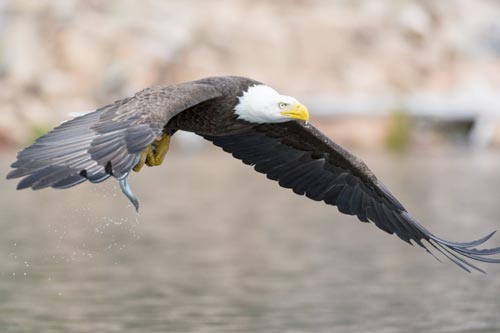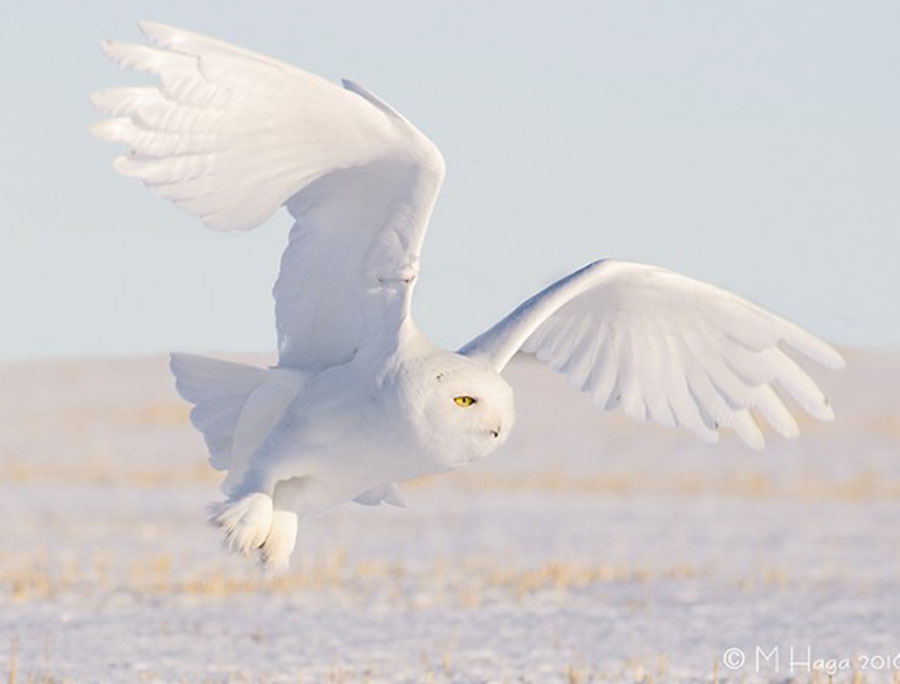Raptors
Osprey
The Osprey is a unique bird that it is unmistakable when seen at close range. Its breast and belly are mostly white, with some dark streaks. The white extends out the wings, but the primaries, secondaries, and tail feathers are mottled black-and-white. The back is mostly black or dark brown. The head is distinctive with a white crest, a face bisected by a dark eye-stripe, and yellow eyes. Body length: up to 2’; Wingspan: up to 6’.
Read MoreCooper’s Hawk
Cooper's Hawks are a medium-sized raptor: Males: length 14.5-15.5 inches, weight 7.8-14.5 ounces, wingspan 24.4-35.4 inches; Females, are usually larger: length 14.6-17.7 inches, weight 11.6-24.0 ounces, wingspan 29.5-35.4 inches. It is native to North America and found in southern Canada and northern Mexico. Approximately crow-sized, with classic accipiter shape: broad, rounded wings and very long tail. The head often appears large, the shoulders broad and the tail rounded.
Read MoreRaptors – Birds of Prey
General physical characteristics are curved beaks for tearing flesh and large feet with sharp talons for snagging their prey and then immobilizing them to eat. Excellent eyesight is the third characteristic to classify a bird as a bird of prey or raptor.
Common to the New England/ Massachusetts area are a variety of hawks: sharp shin, Cooper's, Northern goshawk, red-shouldered, broad-winged, red-tailed and rough-legged; falcons (recently classified as more closely aligned with woodpeckers) American kestrel, merlin and peregrine. Other raptors are owls, black vulture, turkey vulture, osprey, bald eagle and northern harrier.
Source: MassAudubon
Read More
American Bald Eagle

The American bald eagle, our national bird, is the largest raptor in Massachusetts. The female, the notably larger of the sexes, has a body length of three (3) feet, with a wingspan of 6.5 to 7 feet, and weighing as much as 15 pounds. The smaller male bald eagle has a body length of 30 to 34 inches; with a wingspan roughly over two (2) feet. It is the only eagle unique to North America. Both adult male and female have the iconic coloring: blackish-brown back and breast, a white head, neck, and tail; yellow feet, legs and beak; and pale yellow eyes. Immature eagles have a mixture of brown and white feathers, with a black beak and brown eyes in younger birds; some immature bald eagles have more mottling than others. (American Bald Eagle Information)
Read More
